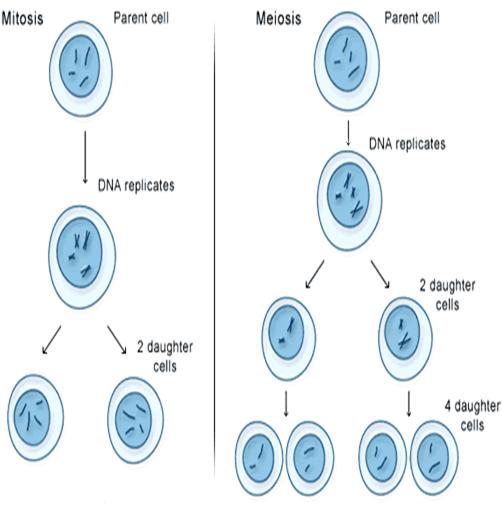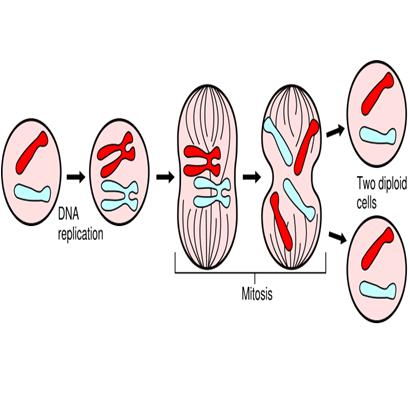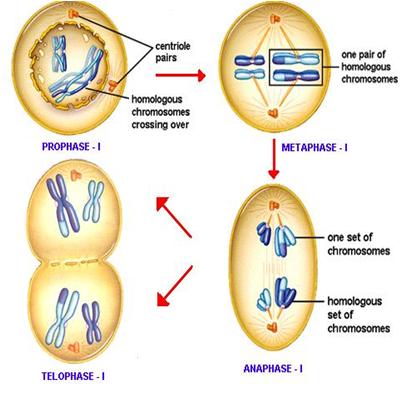Difference Between Mitosis and Meiosis

Cell division and reproduction are the two important processes that play vital role in the existence of living things. Both of these processes take place in two ways – mitosis and meiosis. Moreover, both of these biological courses of actions help in the continuation of the structural and functional reliability of tissues. Mitosis and meiosis are slightly different from one another. It is important for everyone, especially the science students, to know difference between both of these cell division processes in order to thoroughly understand them.
Mitosis is a process of an asexual reproduction, during which one cell gives birth to two hereditarily matching (same) daughter cells with same number of chromosomes. Whereas, Meiosis is a type of sexual reproduction by which four haploid cells are given birth by a single diploid cell. The number of chromosomes will be half of the parent cell.
Instructions
-
1
Mitosis
It only takes one step. Two daughter cells are produced in it that are exact copy of the parent cell genetically. The number of chromosomes in the daughter cells will be accurately same as the parent cell. It takes place in the somatic or vegetative cells of all living things and no crossing over can take place in it. Prophase, prometaphase, metaphase, anaphase, telophase and Cytokinesis are the major phases of mitotic cell division. Once the centromere is splits, the chromatids are drawn apart towards their own poles. Every chromatid acts as an autonomous chromosome. It main aim is to let he multi-cellular organisms (with more than one cell) to grow and also repair the injured tissues. No genetic variation takes place during mitosis.
Image Courtesy: maths.ed.ac.uk
-
2
Meiosis
It takes place in two steps. Four different haploid cells will be produced as a result of meiosis and the number of chromosomes in them will be reduced to half as compared to the parent cell (diploid). Moreover, the daughter cells will be genetically different from the parent cell. It takes place in the reproductive or gonadic cells. A successfully crossing-over can takes place between the nonsister chromatids. At least one crossover of DNA takes place during a meiotic cell division. Interphase, Prophase I, Metaphase I, Anaphase I, Telophase I, Prophase II, Metaphase II, Anaphase II and Telophase II are the main steps of Meiosis. Entire chromosome shifts apart in the anaphase I of as there is no division of centromere. Meiosis takes place in humans, plants, animals and fungi. Its main aim is to allow the reproduction of living things to take place.
Image Courtesy: tutorvista.com






